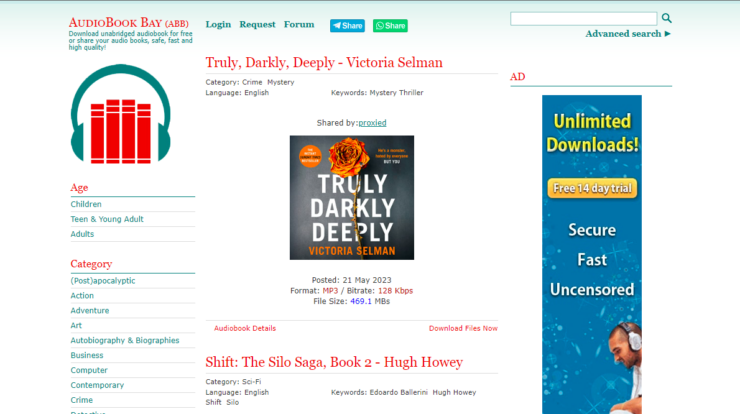
The benefits of automation in key areas of business are numerous. First and foremost, automation can make your business far more competitive. Who doesn’t want that?
Think of automation as a stretchy cushion cover. You pull it upward, downward, then expand it side to side to achieve the perfect fit.
Speed, productivity, and volume go up. Error, waste, and unnecessary steps go down. Business capabilities expand.
Don’t leave your business’s “cushion cover” in a wrinkled mess. Here are six areas you can automate for a more efficient year.
1. Data and Processes
Companies are implementing increasing numbers of software as a service (SaaS) applications to address specific functions. A 2019 SaaS trends report found even small companies are using up to 40 SaaS apps at any given time. Although software is helping in one business area, the data captured in one app is unavailable to another.
Tackling specific functions in isolation simply creates more data silos throughout your organization. The resulting redundancies can do much more harm to your business than good.
Tear down those silos so information created once can flow freely without needing to be reinvented every time. Invest in an iPaaS (integration platform as a service) to share data and avoid redundancies. You can reduce the errors that come with too many people keying in the same information repeatedly and save valuable employee time.
So put a little iPaaS in your SaaS. It’s the best way to make all of those other automation apps work together in unison.
2. Human Resources
Employees are the backbone of any business — that will never change. What has changed in the last 10 years is the way businesses interact with employees. Social media, technology-enabled remote work, and the growing gig economy are among the change agents.
Especially when you have employees you may never see in person, automating time-consuming HR activities, such as onboarding, benefits everyone involved. So does automating benefits management, timekeeping, and payroll. Doing so frees up HR managers to focus on more strategic initiatives, like attracting and retaining better employees and facilitating professional development.
There is a growing range of HR apps designed for businesses with a few employees to those with thousands. Take the drudgery — and the risk of forgetting to have that new hire sign an NDA — out of HR.
3. Marketing
If you think your list of leads is too short to warrant automation to cultivate them, that’s precisely the problem. In fact, it’s as much of a cry for automation as a list that’s become too big to handle manually.
Marketing apps help you capture information on leads and give you a consistent way to reach them. As an individual journeys toward becoming a marketing-qualified lead, you capture more information about them. Then you use those insights to target automated messaging to enable your sales team to convert them.
Social media, display advertising, emails — every tool in your marketing arsenal becomes more intentional with automation. Each of them also becomes easily measurable so you can monitor the bang for your marketing buck. Marketing execs are freed from the mundane to focus on strategy and innovative messaging. Meanwhile, leads are seeing meaningful messaging everywhere they turn, inviting them to engage.
From lead generation to qualification, marketing apps eliminate redundancies between marketing and sales. They also promote the flow of insight between those who attract leads and those who close the deal when those leads become prospects. Whether your marketing and sales teams are distinct or you’re a small business owner wearing both hats, automation can help.
4. Customer Relationship Management
Marketing funnels leads into sales, but the latter has its own funnel. One picks up where the other tapers off. That’s why marketing automation software and CRM software are horses of different colors.
A lot of companies make the mistake of trying to make marketing apps work for CRM and vice versa. If you think having both solutions will duplicate efforts, employ an iPaaS to ensure they play well together.
A CRM system makes it easy for sales teams to pick up marketing-qualified leads and close sales. The CRM solution continues the process by streamlining ongoing communication with customers and boosting satisfaction.
With a CRM, you can automate satisfaction surveys, encourage social media reviews, and cross-sell other products and services. Is a customer’s warranty about to expire? Remind them. Have they got a birthday coming up? Generate a promotion.
The best thing about a CRM is that busy sales reps don’t need to track these opportunities on their own. It magically occurs with automation, and the entire company reaps the benefits.
5. Inventory and Supply Chain
Automation is the answer to avoiding both empty shelves and overfilled warehouses. Inventory and supply chain applications can manage purchasing and delivery in response to sales of specific products. They can automatically restock cash cows, surveil the question marks, and give the losers the heave-ho.
Inventory software provides real-time information and charts trends over time. It takes the guesswork out of businesses large and small when ordering inventory months in advance.
Automated apps also reveal trends in your supply chain. Which suppliers are most responsive? Which have slow turnarounds?
Integrating inventory software with accounting and point-of-sale apps make the entire process seamless. Gone are the days of transposing an item number and ending up with thousands of widgets you didn’t want. You can forget about manually counting stock and attempting to record constantly changing inventory. And if you use an iPaaS, data is entered only once, eliminating redundancies and errors.
6. Any Task That Requires a Form
Are you still doing anything that requires downloading a form, printing it, filling it out, scanning it, then uploading it? If so, just stop.
All the advantages of business automation are epitomized in form automation. Why have anyone other than the person completing a form keying that information in anywhere else?
Software makes sure the form is filled out completely, extracts the data, and drops it into the data stream accordingly. Errors are reduced, time is saved, productivity is increased, and data is made accessible to everyone who needs it.
Automation of key areas of your business is no longer a matter of hiring tech talent to create programs. Not when there are SaaS solutions designed to solve every business automation problem. Stretch them in every direction over that old seat cushion, then smooth it out with an iPaaS solution. You and your business will be sitting pretty.
Contract workflow
If you consider the purpose of a contract, it is most often to capture revenue and finalize a transaction – two things that are essential for any successful business. However, for scaling businesses, it is vital that both of these goals are reached as quickly and efficiently as possible.
In a legal team where contract volume is increasing much faster than headcount, achieving this using a manual contract workflow is almost impossible. As lawyers know all too well, far too much time gets wasted labouring over tedious tasks like copying and pasting templates into word, emailing back and forth to negotiate terms and scanning a document over once it’s been signed.
By automating your contract workflow using contract automation software, all of these tasks become quick and easy, or better, can be completed by commercial teams without the need for constant input from an already hectic legal team. This can speed up the contract process and get deals across the line faster, allowing fast-growth businesses meet the ambitious targets they are often set.


